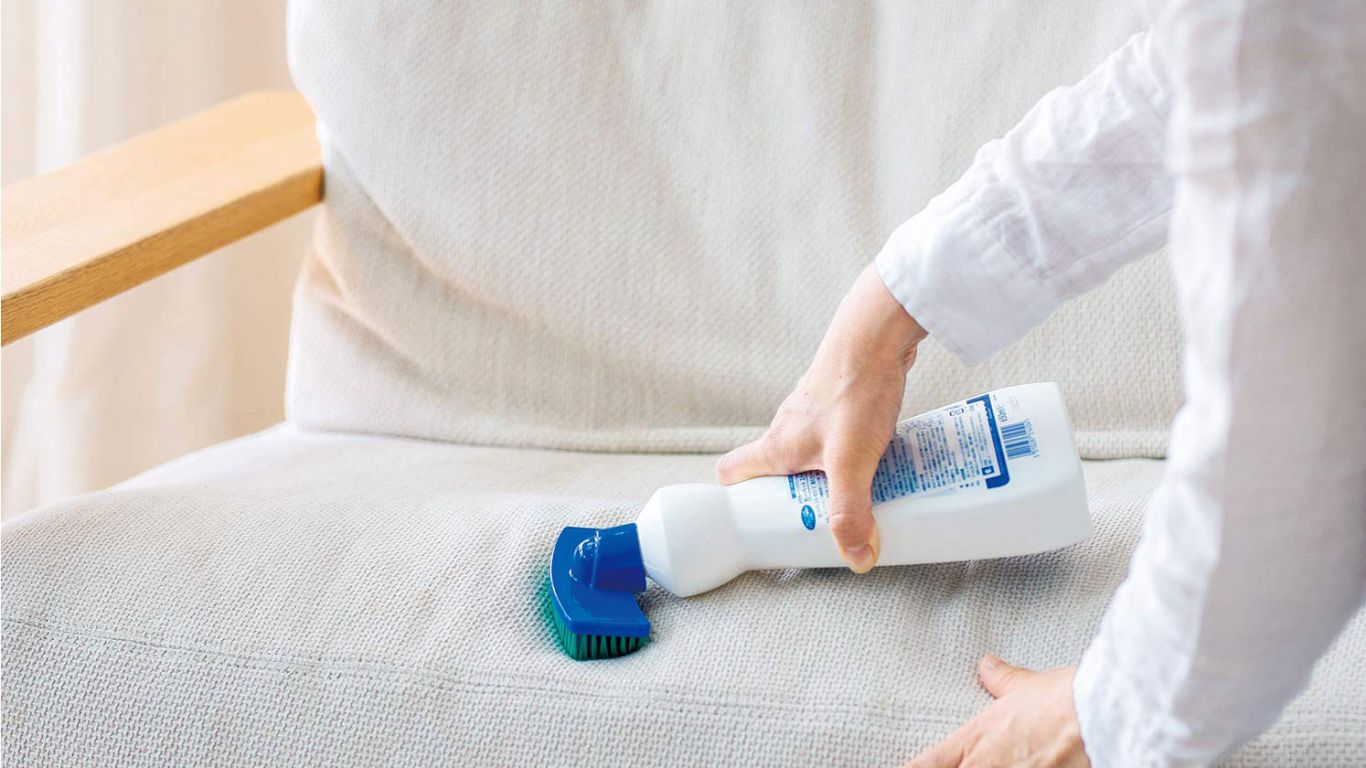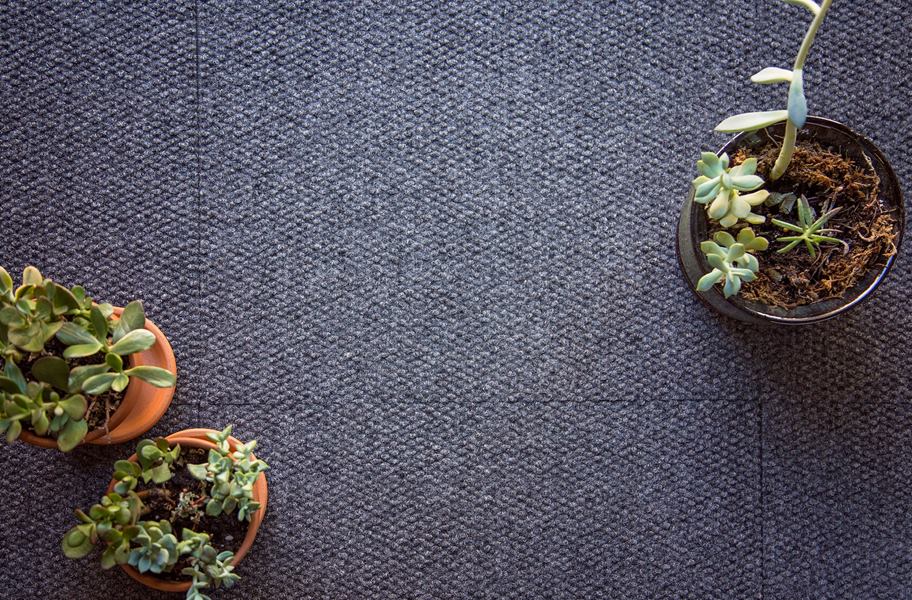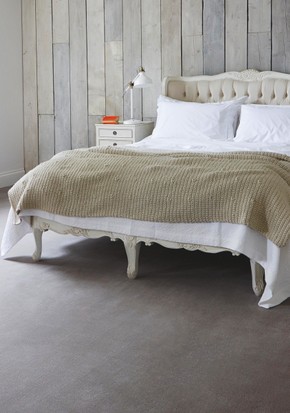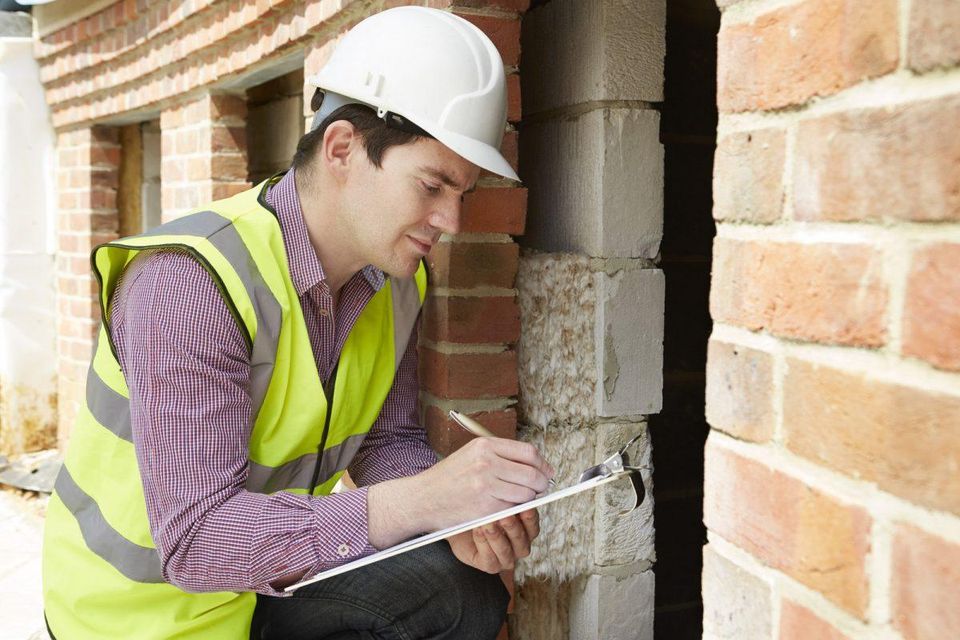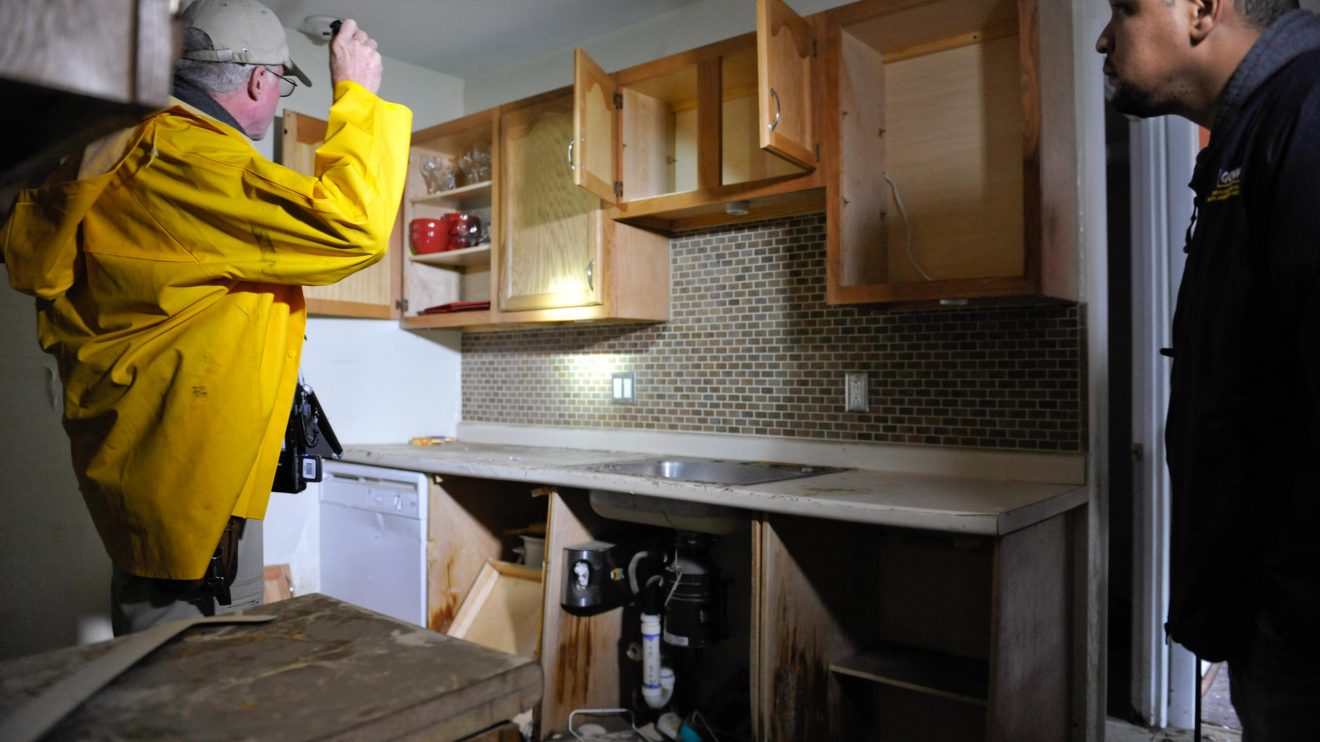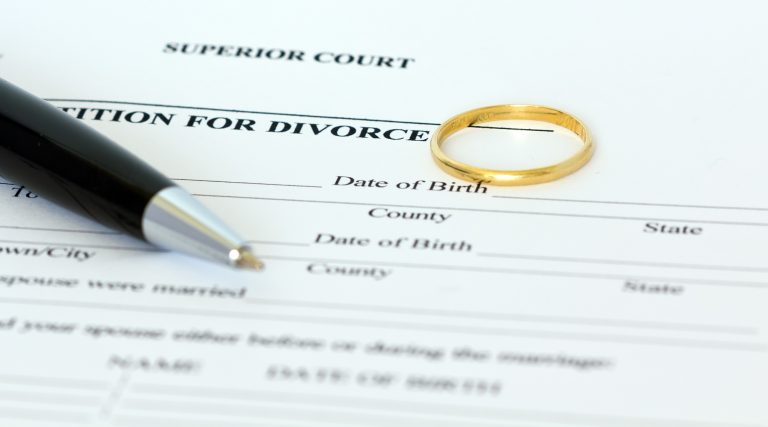LED Boat Lights – Improve Efficiency and Performance
Their high energy usage is just one reason why many governments have begun phasing out traditional light bulbs in favour of energy efficient alternatives like CFLs and LEDs. But for those who are unfamiliar with modern lighting options like LEDs, making the switch to a new style of light bulb can seem like a daunting prospect. Understanding what LEDs are and how they work can ease the process of finding the right bulb and switching to energy efficient lighting. Keep reading to learn more.
What is an LED?
“LED” stands for “light emitting diode”. The first two parts of this name are easy to understand – “light emitting” means that it gives off light – but what exactly is a “diode”, and what does it do? To answer that question, we have to get a bit scientific.
All diodes emit photons (particles of electromagnetic energy), but only certain types of diodes emit that electromagnetic energy as light instead of heat. A light emitting diode is a type of solid-state lighting (SSL) technology, meaning that it emits light from a piece of solid matter. In this case, that piece of solid matter is a two-lead semiconductor. We’ll explain how this works in the next section.
Types of LEDs
There are two basic types of LEDs:
- Indicator– an inexpensive, low-power device that is used as indicator lights in cars, panels, and other electronic devices.
- Illuminator– a high-power device that provides illumination. These are the type of LEDs you buy to illuminate rooms in your home or office. They can be found in a variety of styles, shapes and colours suitable for almost any application.

The Advantages of LED Lights for the Environment
Taking care of the environment is a responsibility that everyone should feel accountable for. Most of us are already aware of environmentally friendly processes such as recycling to minimise the amount of waste we produce and reduce our carbon footprint. However, a lot of people are unaware of new and upcoming technologies that we can use to help reduce carbon emissions. A good example of this is LED lighting, which provides many environmental advantages.
Energy Efficient
LED lights are up to 80% more efficient than traditional lighting such as fluorescent and incandescent lights. 95% of the energy in LEDs is converted into light and only 5% is wasted as heat. This is compared to fluorescent lights which convert 95% of energy to heat and only 5% into light! LED lights also draw much less power than traditional lighting; a typical 84 watt fluorescent can be replaced by a 36 watt LED to give the same level of light. Less energy use reduces the demand from power plants and decreases greenhouse gas emissions.
No Toxic Elements
LED lights contain no toxic elements. Most offices currently use fluorescent strip lights which contain noxious chemicals such as mercury. This will contaminate the environment when disposed of in landfill waste. Disposal has to be arranged through a registered waste carrier so switching to LED avoids the cost and time implications required for compliant disposal – and helps to protect the environment from further toxic waste.
Less Lights Needed
LEDs have a better quality of light distribution and focus light in one direction as opposed to other types of lighting which waste energy by emitting light in all directions, often illuminating areas where light isn’t required (such as the ceiling). This means that less LED lights are needed to achieve the same level of brightness given off by fluorescents and incandescent lights. Fewer lights will reduce energy consumption and will therefore be a benefit to the environment.
Life span
A longer life span means lower carbon emissions. LED Lights last up to six times longer than other types of lights, reducing the requirement for frequent replacements. This results in using fewer lights and hence fewer resources are needed for manufacturing processes, packaging materials and transportation.
The lifetime cost of LED bulbs
Okay, this is why LEDs are really cool.
The first thing you need to realize about the lifetime cost of LEDs is that they are VERY energy efficient, as in 80% more efficient than incandescent bulbs. So, a 10 watt LED bulb is equivalent to a 60-watt incandescent bulb.
One LED light bulb will last 25,000 hours (there are some that last even longer), compared to the 1,200 hours one incandescent bulb will last. That means you’ll need 21 incandescent bulbs to get to 25,000 hours.
If an incandescent bulb costs $1, you’ll need to spend $21 to get as many hours of light as you’ll get from one $5 LED. This immediately equals a savings of $16 with LED bulbs.
But, lighting your home is more than the cost of your bulbs. You are paying the per kilowatt cost to power those bulbs, and this is where LED lights shine. See what I did there?
No doubt, LEDs are just more energy efficient – a 10 watt LED bulb does the same work as a 60-watt incandescent bulb. This is saving money and reducing your carbon footprint.
At an average of $0.12 per kWh, it will cost $30 to power an LED bulb for 25,000 hours.
Using that same per kilowatt average, it will cost $180 to power incandescent bulbs for the same length of time.
Understanding energy-efficient light bulbs
When considering a CFL vs. an LED bulb to replace an incandescent one, it helps to understand the basic differences in the three major light bulb technologies on the market today:
- Incandescent bulbs are the familiar pear-shaped or round screw-in light bulbs that have been marketed since Thomas Edison perfected the carbon filament bulb in 1879.
- CFL (compact fluorescent lamp) bulbs are commonly manufactured as a spiral tube connected to a screw-in ballast or base. Newer technology replaces the curly light bulb with one that looks like the traditional incandescent bulb. They also now come in round and flame shapes.
- LED (light-emitting diode) bulbs are a newer technology. Once only available as a longish tube, bulbs now come in nearly every shape and size, including flexible ropes for decorating.
WHAT ARE THE DISADVANTAGES OF LEDS?
LED: DISADVANTAGES
- High up-front costs
- Transformer compatibility
- Potential color shift over lamp life
- Performance standardization has not yet been streamlined
- Overheating can cause reduced lamp life




